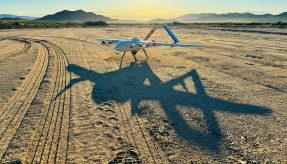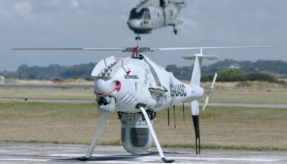
The Defence Science and Technology Laboratory (Dstl) has commissioned Frazer-Nash to undertake an independent technology assessment of rim drive propulsors.
The study will assess the effectiveness of rim drives in a range of underwater applications, showing their possible benefits, challenges and possible applications.
These novel propulsion systems integrate an electric motor within a ducted propeller, resulting in a compact, electrically driven propulsion package.
Frazer-Nash’s Underwater Technology Business Manager, Chris Carter, said: “Rim drives have huge potential benefits for a range of underwater applications because they remove the need for conventional mechanical drivetrains and open up a wide range of alternative platform arrangements. This saves space and weight, which can be used to add capability or reduce platform complexity and cost.
“The increase in flexibility around mounting arrangements also means that rim drives could be employed as a secondary propulsion system, to improve platform manoeuvrability for berthing or to conduct intricate work with an unmanned vehicle.
“The assessments we’re undertaking for Dstl are identifying opportunities for the defence sector to benefit from the transfer of existing commercial technologies and the enhancements needed to meet stringent defence specifications.”
The Frazer-Nash team has recently undertaken a large-scale test of the acoustic performance of an RDP unit, including acoustic, vibration and electrical power measurements. Chris comments:
“Dstl wanted to understand the noise and vibration performance of commercial rim drives and whether this technology is suitable for noise sensitive applications. To meet this requirement, Frazer-Nash commissioned an acoustic trial on a research vessel with rim drive propulsion installed. The testing provided an invaluable confirmation of the real-world acoustic performance of a commercially available device, which will be used to support application specific studies in the future.
“The independent assessments conducted by Frazer-Nash have so far shown that rim drives offer benefits for a range of applications and have identified the key risks to be overcome for their exploitation in a military environment. This study has enabled Dstl to identify and focus its research activities to exploit rim drive technology on future programmes.”
If you would like to join our community and read more articles like this then please click here








